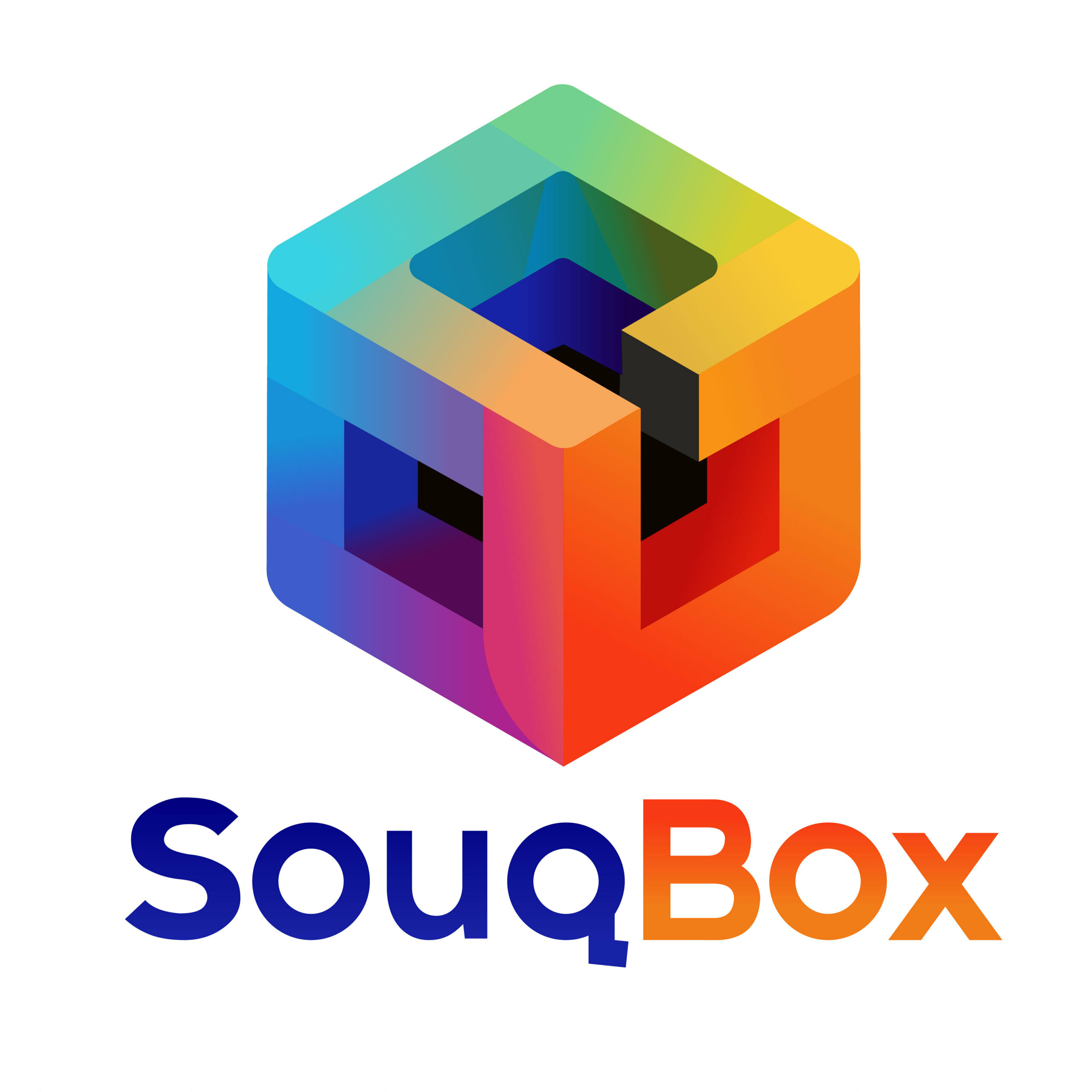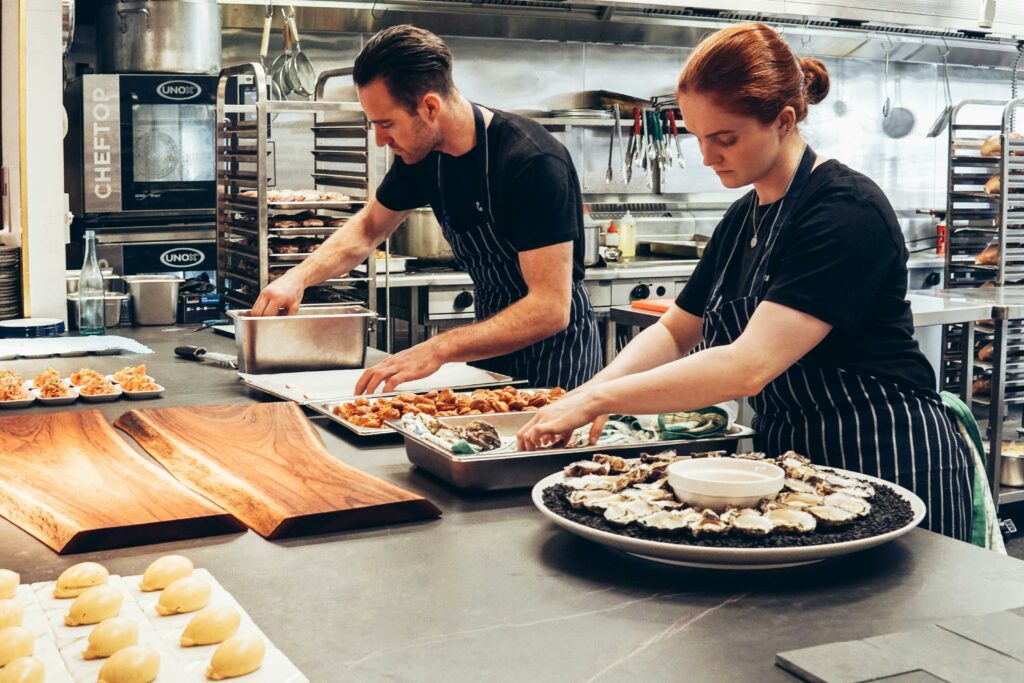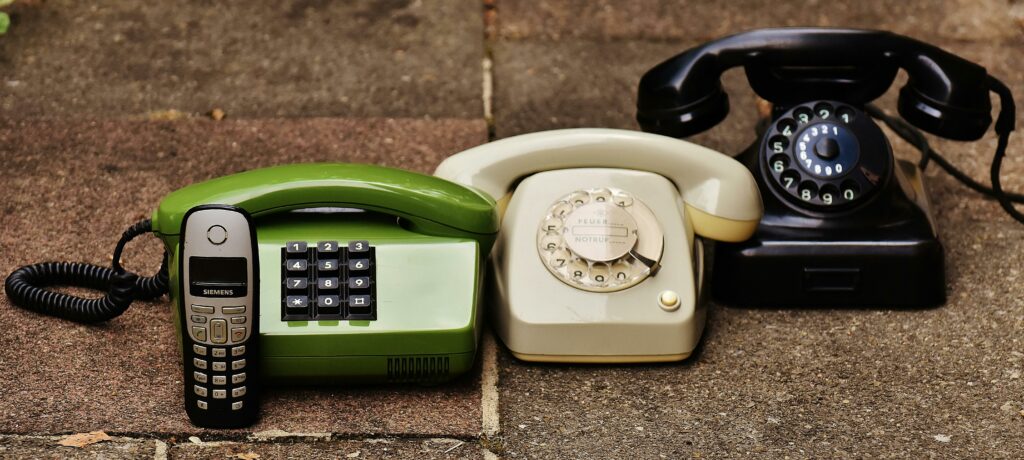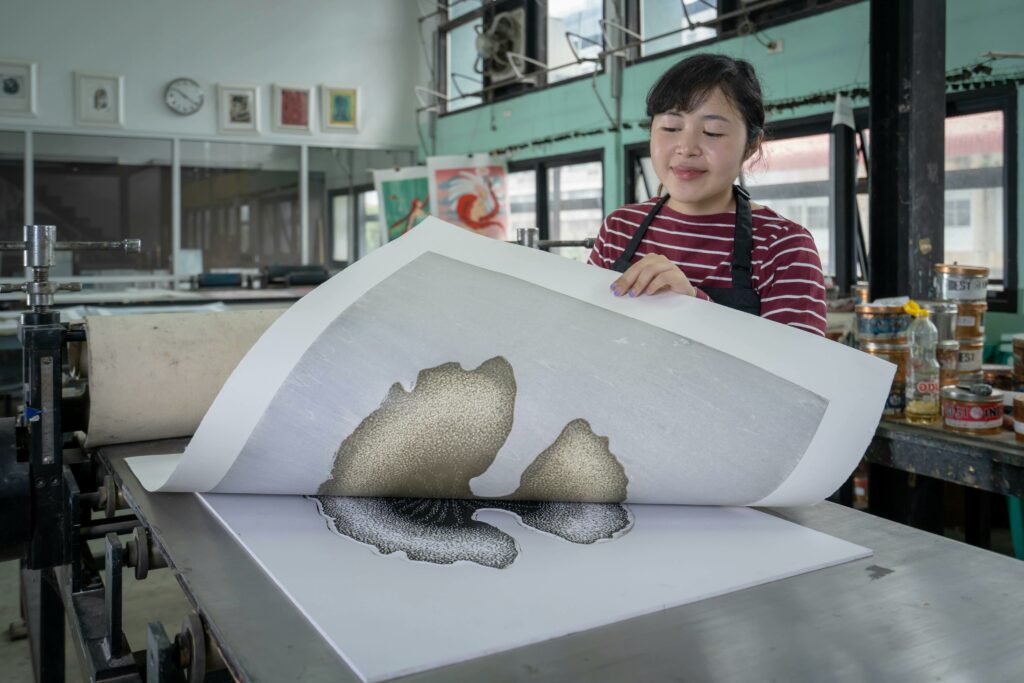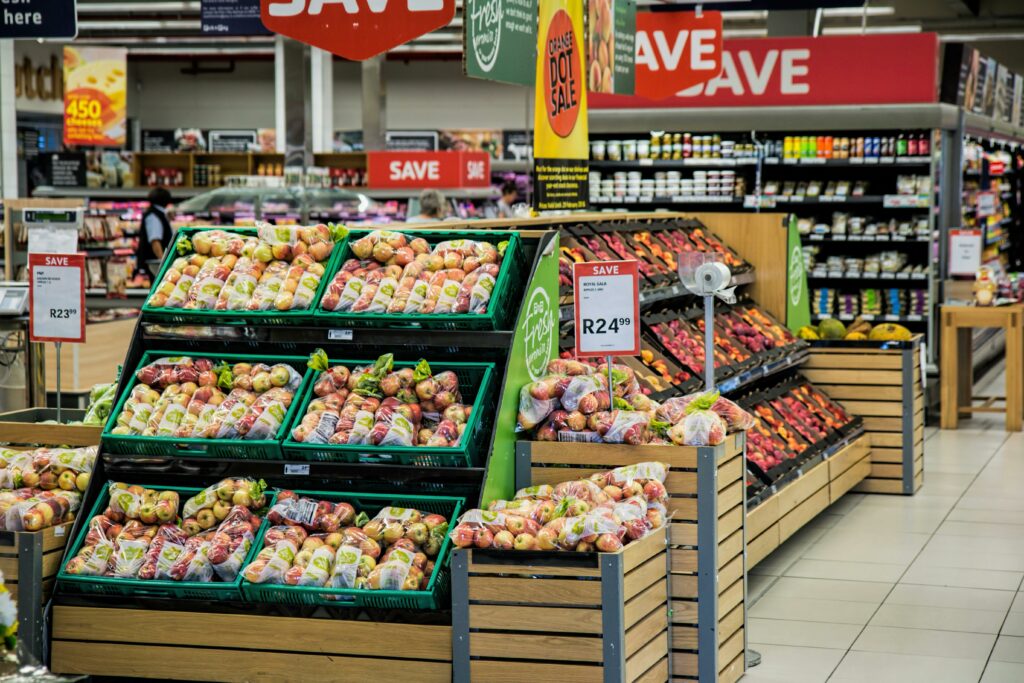The Second-Hand Catering Industry is Cooking Up Some New Opportunities The pandemic of 2020 had a resounding impact on virtually every business and industry. In the catering industry, for instance, equipment manufacturers and supply chain experts suddenly had to deal with a massive decrease in physical events and gatherings.
Everything from weddings to industry conferences were suddenly cancelled, meaning companies didn’t need as much access to the latest tools and equipment. On the other side of the coin, however, the pandemic also led to new opportunities among catering leaders. Companies that had previously only offered in-house food experiences, like restaurants and cafes, began offering non-contact catering options for smaller groups. The demand for FER approved catering equipment, designed for a clean and hygienic environment increased.
What’s more, companies began looking into more affordable, second-hand hiring and purchasing options to minimise the expenses associated with keeping their companies running.
Now that we’re entering a post-pandemic world, with restrictions lifting throughout the UK, there will no doubt be new opportunities for catering innovators to explore.
The question is, where does the greatest potential lie?
Catering and Catering Machine Industry Set to Soar
A report released by Allied Market Research has revealed a positive vision for the future of catering and cooking equipment vendors. Currently, the value of the cooking equipment space is set to reach a value of $12.9 billion by 2027, an increase from $10.7 billion in 2019. While this is a slightly slower growth rate than expected before the pandemic, it demonstrates continues opportunities for the right companies. Essentially, the companies who survive will be the ones who know how to stay agile, innovative, and safe in a ne landscape.
According to Allied Market Research, the development of the food service industry, and the number of restaurants and cooking groups now offering “catering” experiences is likely to push more growth going forward.
Following the pandemic, there should be a spike in the number of consumers once again visiting locations that require catering tools, such as hotels, cafes, and quick-service restaurants. However, there’s likely to be a higher demand for changes in the way companies invest in new technology. New equipment with sleeker designs, multi-functional interfaces and unique features are also emerging to make teams more productive in today’s fast-paced landscape.
Perhaps most importantly, companies are searching for ways to reduce the costs associated with stocking up on catering equipment. As the economy struggles to regain it’s strength after the pandemic, many companies will be limited in the amount of budget they can commit to each purchase. Second-hand machinery could be the answer.
Why Second-hand Catering Equipment?
Second-hand catering equipment opens the door to new methods of sales and new avenues for revenue in a changing business landscape. Companies are dedicating more of their budget to catering opportunities at a time when they’re limited in the number of people who can visit a location at any given time. Catering equipment can range all the way from refrigerated display counters, to undercounter prep stations and hot cupboards designed to serve a range of customers.
Second hand equipment allows companies to tap into the latest tools for serving their clients in a range of unique ways, without requiring a huge initial investment. Some organizations may even choose to experiment with new meal plans and menus using things like second-hand burger machines and meatball machines to increase potential profit margins.
Companies in the food landscape can even experiment with creating frozen, dried, or deconstructed version of meals for customers to create their own experiences at home. This helps to reduce potential waste from unsold products, while giving organizations a new opportunity for additional revenue.
Leveraging the Opportunity in Second-Hand Equipment
At a time when companies have minimal budgets, and more demands from consumers than ever, the second-hand catering machinery segment is poised for incredible growth. For vendors in this space, now is the ultimate time to start experimenting with new ways of reaching and serving your B2B customers.
Remember, it’s not just customers in the B2C space who prefer a non-contact approach these days. 80% of B2B buyers prefer to connect with suppliers through digital interactions. Online marketplaces where people can quickly shop for the tools they need conveniently will be essential in the months to come. These marketplaces also give vendors an excellent opportunities to partner with all kinds of suppliers, to provide a wider range of products to brands.
As the ultimate B2B marketplace and eCommerce solution, Souqbox paves the way for catering equipment companies to get ahead of the impending trends in the industry. You can quickly and conveniently integrate new eCommerce operations into your business and open the door for new interactions with potential buyers.
The world of catering is changing to one focused on less waste, more efficiency, and better choice. Why not join the revolution, by upgrading your business model, and building your site with SouqBox? Companies in catering equipment manufacturing can prepare for a new age of B2B sales following the pandemic with SouqBox. Discover the unique eCommerce technology designed to accelerate your sales today.
